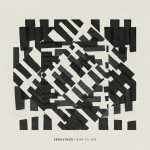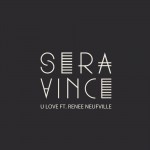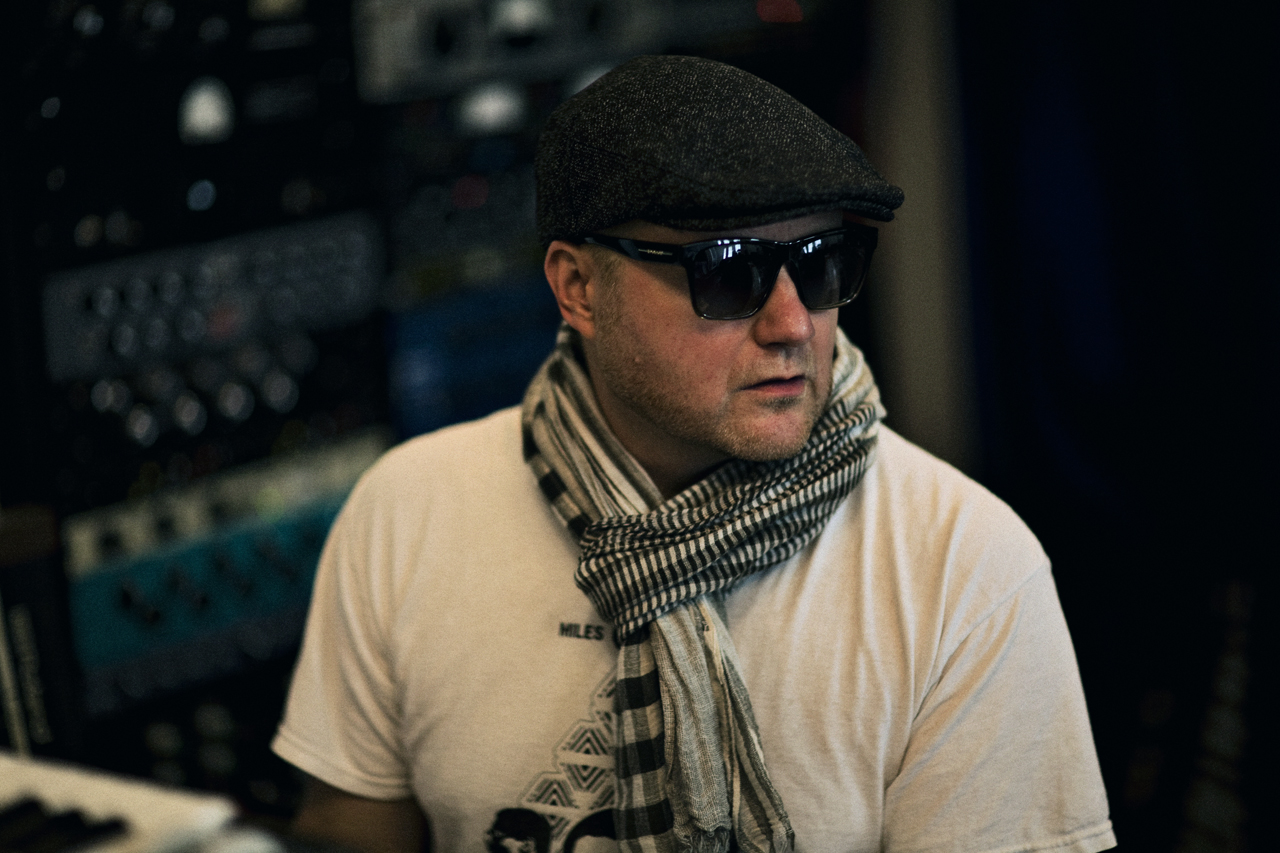Seravince is an exciting new project from keyboardist and composer Vincent Helbers (aka Flowriders) that skillfully melds jazz, soul and hip hop as well as broken beat, the often imitated but seldom grasped sound of pre-millennial, subterranean London. It’s a continuum of MPS-era George Duke, the Plantation Lullabies of Meshell Ndegecello, Roy Hargrove’s RH Factor experiment and Dego and Kaidi Tatham’s Silhouette Brown.
The album is called Hear to See and it is a deceptively fiery statement from an artist that continues to defy categorisation. “First and foremost, it’s about being true to yourself,” says Helbers, who released his first album (Starcraft) back in 2005 prior to expanding his palette on the highly acclaimed R.U.E.D.Y. in 2007. “I don’t like to limit myself to one particular style. When I write I try to be as open-minded as possible so that all the music I listen to comes out unconsciously … and often unexpectedly. Of course that can be challenging when you’re trying to make an album because there are no boundaries. It has a character all of its own.”
The DNA of this album reads like a connoisseur’s wet dream. Helbers mentions three artists in particular: jazz polymath Herbie Hancock (“a master in the use of space, both when writing or playing); hip hop iconoclast J Dilla (“I love the rhythmical tension and release in his music, how he could take a two-bar figure, repeat endlessly and make it sound great”) and the prolific Mizell Brothers (“who could combine countless instruments without cluttering the mix or clouding the beauty of the music”).
Hear to See is sophisticated and effortless as its grooves seep out of the speakers. This is partly down to form. In contrast to the more action-packed rhythms of Flowriders, Helbers adopted a different approach on this album, writing the songs on piano alone. With the foundations laid, he could then explore more specific aspects such as harmony, melodies and more ephemeral sounds together with an impressive array of supporting talent: Marcus Machado (guitar), Han Litz (flute), Arthur Flink (trumpet), Kasper Kalf (bass) and Hielke Praagman (electronics). Discipline is key when building the groove and each of these players is measured, whether it’s the ascending scales of Flink on ‘Lola’ or Kalf’s staccato pulse on ’94’.
Ensemble pieces featuring gentle jazz-inspired solos – and sensual vocals courtesy of Renee Neufville (Zhane, RH Factor) and Sharlene Hector (Basement Jaxx, Corinne Bailey Rae, Mark de Clive Lowe) – can often be anodyne. In an age where listeners are more likely to skip through tracks than pour over an album, they are almost too smooth for their own good. But there are two reasons why that isn’t a problem on Hear to See. The first is a significant contribution from virtuoso drummer Richard Spaven (Jose James, Flying Lotus, Robert Mitchell 3io, Guru). “We have worked extensively together on many projects, from writing to recording and playing,” explains Helbers. “He has a very progressive mind when it comes to beats. He is always raising the bar with his ideas and with his playing. I’m very honoured to work with him.”
 Spaven, who also produces, is unparalleled in the art of getting between the notes; accenting, propelling, influencing the groove as it meanders towards its climax. ‘SY’ and ‘RT Prince’ are two very good examples. He brings a real physicality to each track, making this a refreshingly ‘live’ set. But this is a studio album nonetheless and Helbers is one the best in the business when it comes to mixing and engineering. He’s meticulous, thorough … a craftsman. His state-of-the-art studio in Amsterdam is a shrine to high fidelity and a popular stop-off point for countless artists looking to capture themselves in their best light. “All the basic tracks – piano, drums, bass – were recorded straight to analogue tape,” he adds. “One take. No editing. I wanted to keep that rawness in the sound. What some might describe as ‘organic’, I suppose.”
Spaven, who also produces, is unparalleled in the art of getting between the notes; accenting, propelling, influencing the groove as it meanders towards its climax. ‘SY’ and ‘RT Prince’ are two very good examples. He brings a real physicality to each track, making this a refreshingly ‘live’ set. But this is a studio album nonetheless and Helbers is one the best in the business when it comes to mixing and engineering. He’s meticulous, thorough … a craftsman. His state-of-the-art studio in Amsterdam is a shrine to high fidelity and a popular stop-off point for countless artists looking to capture themselves in their best light. “All the basic tracks – piano, drums, bass – were recorded straight to analogue tape,” he adds. “One take. No editing. I wanted to keep that rawness in the sound. What some might describe as ‘organic’, I suppose.”
It comes as no surprise then that the driving inspiration for this album was D’Angelo’s modern soul masterpiece Voodoo, which was mixed by Grammy award-winning engineer Russell Elevado. His name appears against the beckoning and swirling ‘Rika’. “I first met Russell through the artists that have recorded in my studio,” says Helbers. “Later, he came to work here himself and ending up staying for a few months.
“Voodoo was a milestone in recording – unsurpassed to this day. It was one of the first albums to revert to the seventies’ way of recording whole takes to tape. The recording of Hear to See mirrors that of Voodoo: I used the same SSL mixing desk, tape machines and mics. Although my music is more layered, I have tried to give the bass and drums that same authentic vibe.”
Though respectful of his forbears, Helbers is turning the page with his new album Hear to See. This isn’t neo soul, nu-jazz or any other limiting term you care to file it against. It’s from the heart, well made and worth listening to from the first till last. Now how many albums can you say that about?

